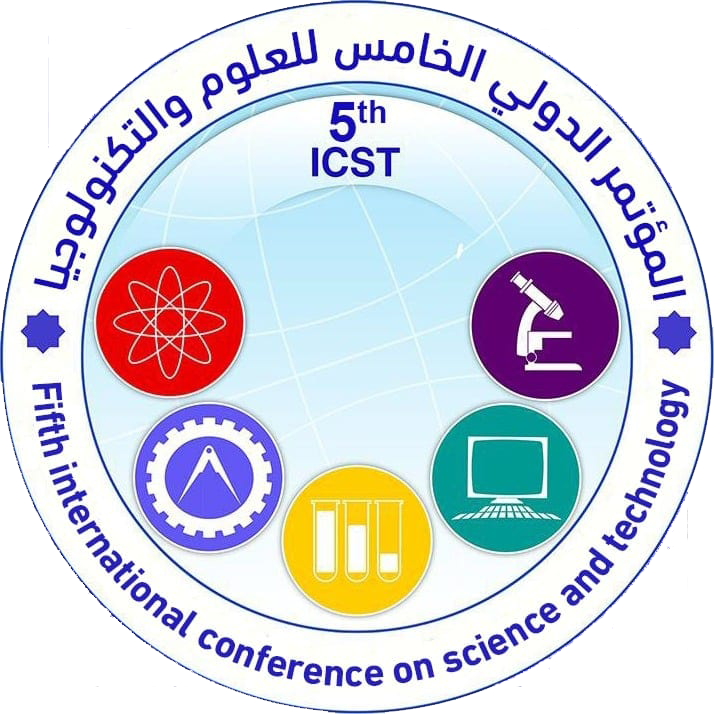The Neuroprotective Role of Purslane in a chronic model of Depression Induced By reserpine in mice: Prevention of Behavioral, Mitochondrial and Neuro Dysfunction.
Abstract
Portulaca oleracea is a universal species with a broad range of biological activities, including antioxidant and neuroprotective actions. The present study aimed to estimate the neuroprotective effect of purslane ethanolic extract (PEE) and aqueous extract (PAE) on depression model induced by reserpine. Methods: Seventy five male mice were divided into 5 groups (15 mice of each). 1st group control (C), 2nd group treated with reserpine 0.1 mg/kg (Res) as a single dose at the day 15th of the beginning of experiment, 3rd group treated with Escitalopram 1mg/kg for 15 days plus 0.1 mg/kg Res at a latest day of the treatment. 4th group treated with PEE 2 mg/kg for 15 days plus 0.1 mg/kg Res at a latest day of the treatment. 5th group treated with PAE 5 g/kg for 15 days plus 0.1 mg/kg Res at a latest day of the treatment. Forced swimming test (FST) was performed 1 hour later after Res treatment. Results: Revealed data showed that the Res treated group induced significant (P>0.05) decrease in FST, decrease of brain monoamines [norepinephrine (NE), dopamine (DA) and serotonin (5HT)], brain cell energy [adenosine triphosphate (ATP)] increase metabolic energy [adenosine diphosphate (ADP) and adenosine monophosphate (AMP)]. On the other hand other treatment groups showed significant amelioration in comparing with Res group and almost recovery in comparing with control group. Conclusion: Obtained data concluded that PEE more potent than PAE, ameliorate depression induced by reserpine and act as a neuroprotective, neuromodulator and stimulate monoamines secretion.
Full text article
Authors
Copyright (c) 2022 Journal of Pure & Applied Sciences

This work is licensed under a Creative Commons Attribution 4.0 International License.
In a brief statement, the rights relate to the publication and distribution of research published in the journal of the University of Sebha where authors who have published their articles in the journal of the university of Sebha should how they can use or distribute their articles. They reserve all their rights to the published works, such as (but not limited to) the following rights:
- Copyright and other property rights related to the article, such as patent rights.
- Research published in the journal of the University of Sebha and used in its future works, including lectures and books, the right to reproduce articles for their own purposes, and the right to self-archive their articles.
- The right to enter a separate article, or for a non-exclusive distribution of their article with an acknowledgment of its initial publication in the journal of Sebha University.
Privacy Statement The names and e-mail addresses entered on the Sabha University Journal site will be used for the aforementioned purposes only and for which they were used.





